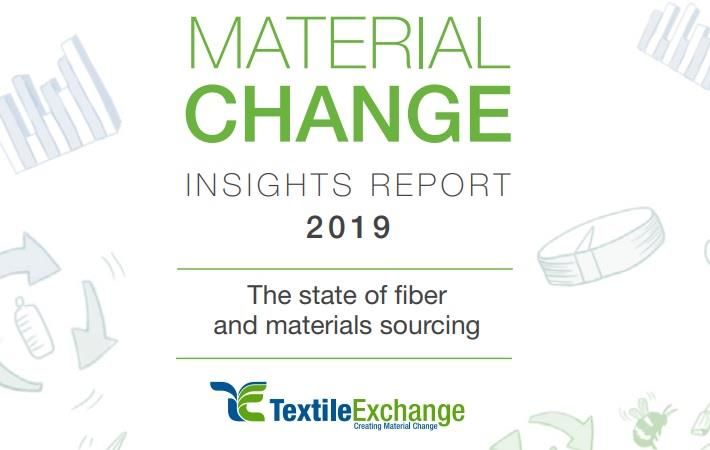
"Reporting companies sourced nearly 40 per cent of their materials from preferred sources in 2018. This includes cotton, polyester, nylon, manmade cellulosics, wool and down," the report mentions. Textile Exchange defines a preferred material as one which results in improved environmental and/or social sustainability outcomes and impacts in comparison to conventional production.
While more and more companies are incorporating circularity into their strategies, a deeper rethinking of value chains is still lacking. And, "to achieve the transformative shift we need, from a linear to circular textile system, efforts must be connected, accelerated, and scaled exponentially," the report said.
The five big insights from the report are: 85 per cent of participants have set a 100 per cent preferred target for one or more material categories; 39 per cent of participants' material use came from preferred sources for main materials; 1 million tons of greenhouse gases were saved by shifting to preferred materials with lower carbon footprints; 80 per cent of participants with Sustainable Development Goals (SDG) priorities identified SDG 13 Climate Action as a priority; and an estimated 0.06 percentage of recycled materials coming from postconsumer textile waste.
"The COVID-19 pandemic has demonstrated the deep interconnectedness that exists between people and planetary systems. It shows the turmoil that can result when one element of the system is out of balance – a situation that is certain to repeat itself many times over if we ignore long-term risks like climate change," said Liesl Truscott, Textile Exchange European and Materials Strategy director, who leads the programme. "Benchmarking answers the question, 'Where are we now?' It allows us to define what 'the end' of the journey looks like and create a roadmap for getting there. And crucially, it provides the catalyst and momentum to drive the race to the top."
The Material Change Insights Report provides one of the most data-backed and comprehensive analyses of how the industry is progressing in its shift to preferred materials, as well as alignment with global efforts like the Sustainable Development Goals (SDGs) and the transition to a circular economy. It builds on Textile Exchange's Material Change Index (MCI) – a family of indices, published earlier in the year, that tracks individual company progress.
Fibre2Fashion News Desk (RKS)